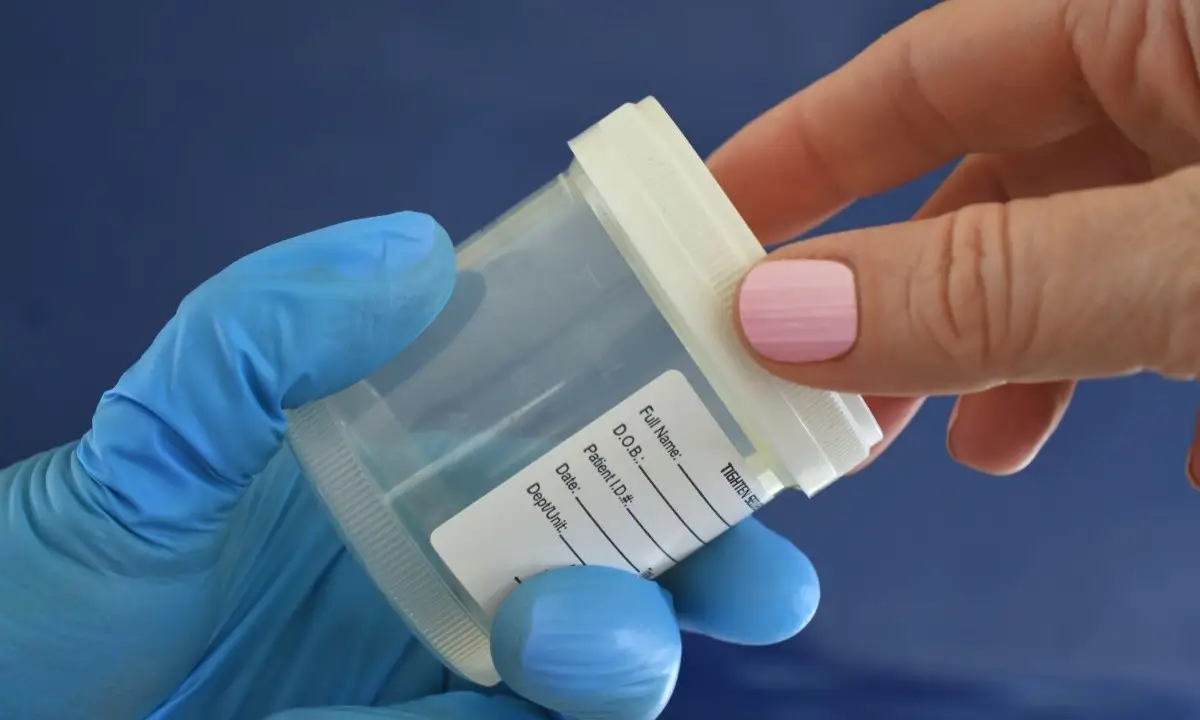Many people wonder how long meth stays in the body, whether for drug testing, health concerns, or understanding how addiction affects them. The answer can vary based on several factors, including how much and how often meth is used, the method of use, a person’s metabolism, and the type of drug test administered.
This guide covers meth detection times, how the drug affects your system, and treatment options, including professional meth detox programs. Understanding these details can help you or a loved one make informed decisions and take steps toward lasting recovery.
What Is Meth? Effects, Risks, and Dangers
Methamphetamine, commonly known as meth, is a powerful stimulant drug that affects the central nervous system. It’s a synthetic substance that creates intense but dangerous effects.
Forms of Meth:
- Crystal meth: Resembles glass fragments or shiny rocks
- Powder meth: Usually white or yellowish powder
| How It Affects Your Brain | Floods the brain with dopamine |
| Creates intense energy and euphoria | |
| Builds tolerance quickly | |
| Serious Health Risks | Heart problems and stroke |
| Brain damage | |
| Severe dental issues (“meth mouth”) | |
| Extreme weight loss | |
| Paranoia and hallucinations | |
| Violent behavior |
The Half-Life of Methamphetamine
A drug’s half-life refers to how long it takes your body to eliminate half of the substance. For meth, this is about 10-12 hours.
Why this matters for detection:
- Takes multiple half-lives for meth to fully leave your system
- Your liver and kidneys create metabolites (byproducts)
- The main metabolite is amphetamine
- These metabolites stay detectable longer than meth itself
Even after you stop feeling meth’s effects, traces remain in your system for days or weeks.
How Long Does a Meth High Last?
The duration of meth’s effects varies depending on how it’s used. Here’s a breakdown:
| Onset times | High duration | Crash symptoms (lasting days) |
| Smoking/injecting: 15-30 seconds | Peak effects: 30 minutes | Extreme fatigue and depression |
| Snorting: 3-5 minutes | Total high: 8-24 hours | Strong cravings |
| Swallowing: 15-20 minutes | Comedown starts: 12-24 hours after use | Anxiety, paranoia, insomnia |
How Long Does Meth Show Up in a Drug Test?
Most standard drug tests can detect meth, with various detection windows for each. A 5-panel test checks for five common drugs (including meth, cocaine, marijuana, opiates, and PCP), while a 10-panel test adds five more substances like barbiturates and benzodiazepines.
What You Can Expect From Each Test
Detection windows for meth:
- Blood: Detectable for 1-3 days, and is very accurate for recent use
- Saliva: Detectable 10 minutes after use, lasting 1-4 days
- Urine: Shows up 2-5 hours after use, with occasional use detectable for 3-6 days and up to a week or more for heavy use
- Hair: Detectable up to 90 days after use, and takes about a week to show up
What Impacts Meth Detection Time
Several factors determine how long meth stays detectable in your system, which explains why detection times vary so much between people.
Usage patterns:
- A single use clears faster
- Daily use lasts much longer
- Heavy and long-term use is detectable for weeks
- Amount used each time
Personal factors:
- Metabolism speed (younger people typically clear drugs faster)
- Age and body weight
- Hydration level
- Genetics
Health conditions:
- Kidney function
- Liver function
- Overall physical health
Method of use:
- Smoking or injecting: higher levels in the blood cause longer detection
- Swallowing: clears faster
- Snorting: moderate detection time
How to Get Meth Out of Your System Safely
Common myths around this include detox drinks, excessive water consumption, and supplements. However, the only real solution is time and medical detox. This method requires professional supervision to ensure safety and comfort.
Detoxing without medical help can be dangerous. Potential risks include:
- Severe withdrawal symptoms
- Intense depression or suicidal thoughts
- Strong cravings leading to relapse
- Serious medical complications
A supervised detox program ensures safety and increases your chances of long-term recovery.
Getting Help: Treatment for Meth Addiction
Asking for help is a sign of strength. It can be the turning point you or a loved one need to heal. You might consider seeking support if you’re:
- Using despite wanting to stop
- Experiencing health problems
- Struggling in relationships
- Facing legal or work issues
- Having difficulty staying sober after past attempts
Effective treatment for meth addiction may include:
- Medical detox for safe withdrawal
- Counseling and behavioral therapies
- Support groups and peer connections
- Personalized recovery plans for lasting change
Meth treatment programs provide the guidance and tools needed for long-term recovery and a healthier, more fulfilling life.






